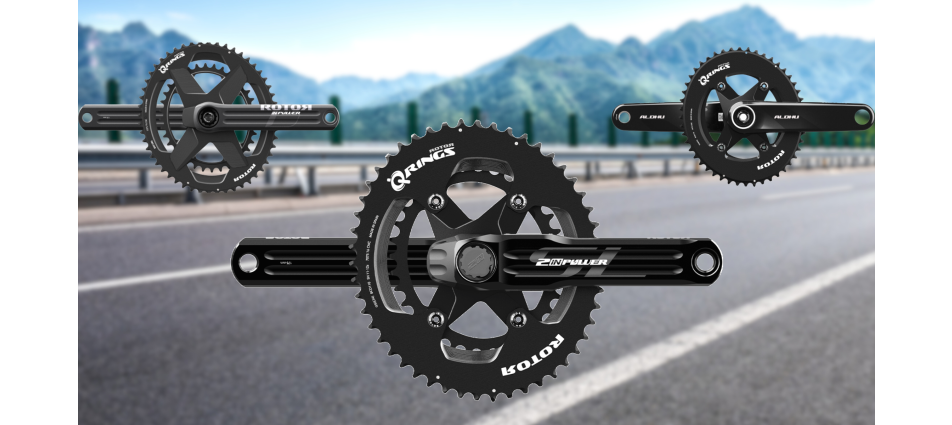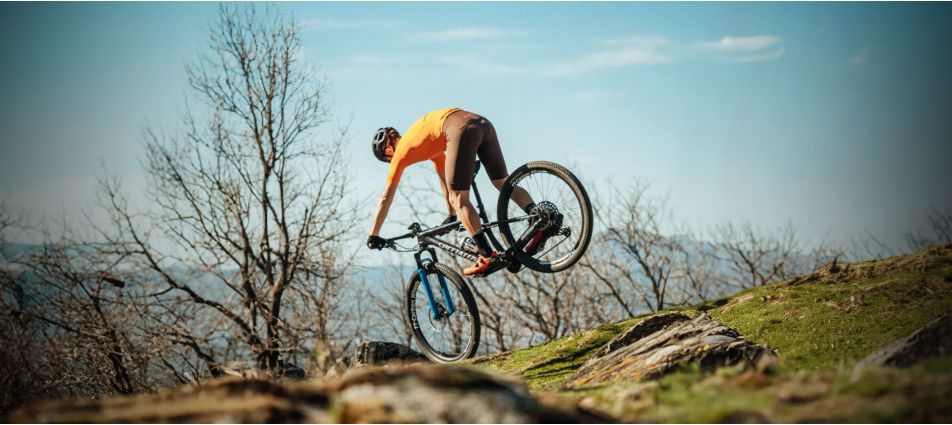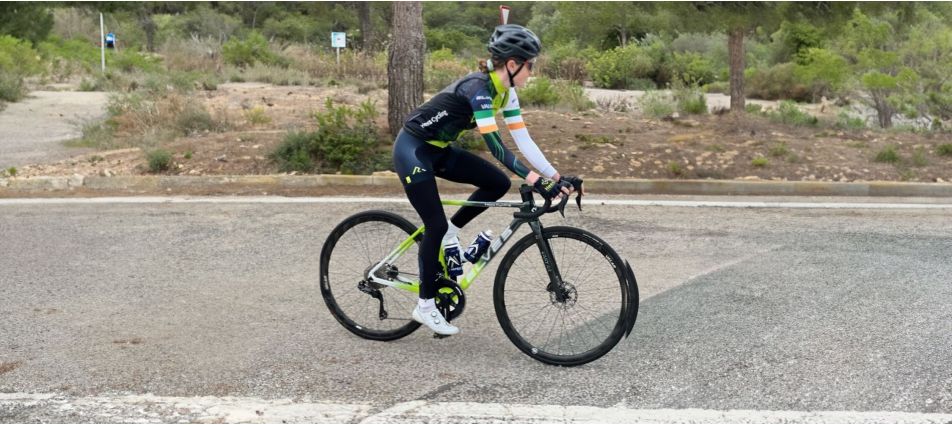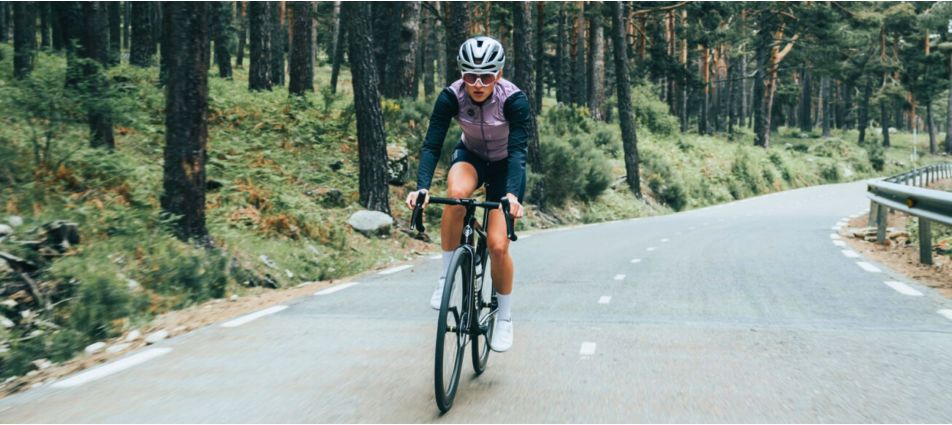How To Choose The Best Crankset For Road Cycling?
Cycling is an incredible sport and a fantastic way to keep fit. If you are looking for the best experience possible, having the right equipment and components will go a long way. The wrong kit can make it more challenging and ruin a great ride out.
We get asked some amazing questions here at Rotor, but one that comes up often is, “How Do I Choose The Best Crankset For Road Cycling?” Well, in this article, we will be telling you just that because it’s not as simple as just picking a compatible option that matches your bike. We are going to be telling you everything you need to know by discussing:
1. What Is A Crankset?
2. Will The Crank Fit?
3. What Crank Arm Length?
4. Speeds
5.Compact, Semi-Compact, and Standard?
6. Q Rings Or Round?
7. Power Or Standard?
1. What Is A Crankset?
A crankset is a component of your bike. It sits inside the middle of the bottom bracket and houses the chainrings and the pedals. When you push the pedals, you spin the crank, which in turn spins the chainrings, driving the chain and spinning the cassette.
It’s a vital part of the bike, and quite simply, the bike wouldn’t work without it. Cranks come in all different shapes and sizes, and you can really personalize your bike to your body shape and even riding style.


2. Will The Crank Fit?
The first question you need to ask is if the crankset will fit the bottom bracket you are using. You can do this with a simple tape measure. I would first check the axle width, which will typically be 30mm or 24mm, though it's not rare to see other sizes.
Then check the length of the axle and also ensure the frame is going to have clearance for the chainrings you plan on using. When you head to the Rotor Bike website when searching cranks, you will have all the filters you need at the side.
3. What Crank Arm Length?
Crank arm length is the distance between the bottom bracket's center and the pedal spindle's center. Generally, the most common sizes on bikes are 170mm, 172.5mm, and 175mm.
Typically, the larger the crank, the taller the rider. In modern times, bike fitters who professionally adjust your bike will recommend smaller cranks. Luckily, at Rotor, they also do much shorter cranks going as low as 155mm, which is just incredible.
If you are happy with how your bike rides, I would match the crank length you already have. If not, you might want to go smaller or larger. We highly recommend speaking to a bike fitter or checking out this article on What Is The Best Crank Length?


4. Speeds
Next, we have speeds. If you are using an 11-speed drivetrain, you will need an 11-speed compatible chainring. The same goes with 10 for 10 speed and 12 for 12 speed. Ensuring you get the correct chainrings will keep the drivetrain running smoothly. Some are interchangeable, but generally, you will use what is designed for the drivetrain.
5. Compact, Semi-Compact, Or Others?
Another big factor is to select the size you want for your gearing. Chainrings on a crankset come in all different sizes, on a road bike, you have a small chainring and a large ring. Depending on the kind of riding you're doing and your fitness level, you have different options.
You will often hear compact, which is 34/50, semi-compact is 36/52, and racing would be considered 39/53. A lot of people like to use compacts because they are amazing for climbing and offer low ratios. Whatever you choose, you can swap chainrings out to match.
Rotor offers a huge amount of chainrings. You get compact, semi-compact, and racing, and you also get much smaller chainrings than compact, such as a 30/46 or bigger than racing with a 42/54. Check out the whole range on the Rotor crankset page.
6. Q Rings Or Round?
Rotor is very well known for offering not just excellent chainrings of all different sizes but different shapes too. You are also going to have to choose between a Q Ring or a Round chainring.
Q Rings are oval in shape and come with some amazing benefits. They offer a smoother pedal stroke by removing flat spots, promote better cycling efficiency, and can also help you cycle at higher cadences, reducing fatigue. Find out more in Benefits Of Q Rings.
Many riders have gone over to Q Rings. They offer an excellent experience, and you can feel the difference when riding them. If you look closely, you will see them being used by many professional riders on the pro circuit.


7. Power Or Standard?
If you want to step up as a cyclist and take your training to the next level, consider investing in a power meter crankset. Power meter cranks are fitted with a strain gauge, and these can tell you the power you're producing in watts.
Knowing your power means you can train more efficiently, see your progress improve over time, and use the data to pace while you're riding. They are incredibly useful, and Rotor specializes in making the best power meters.
Although they cost more than the standard, you can get much more out of a power meter crankset. If you are happy without power meter data, then you could save yourself money not getting one. To find out about our power meters, check out Rotors Power Meters.
A Final Note
When it comes to choosing the right crankset for your road bike, you have a lot of options. Not only is there crank length, but you have speeds, chainring sizes, and even power meter options. We highly recommend checking out the Rotor Crankset Section and using the left-hand side filters to perfect what you need.




